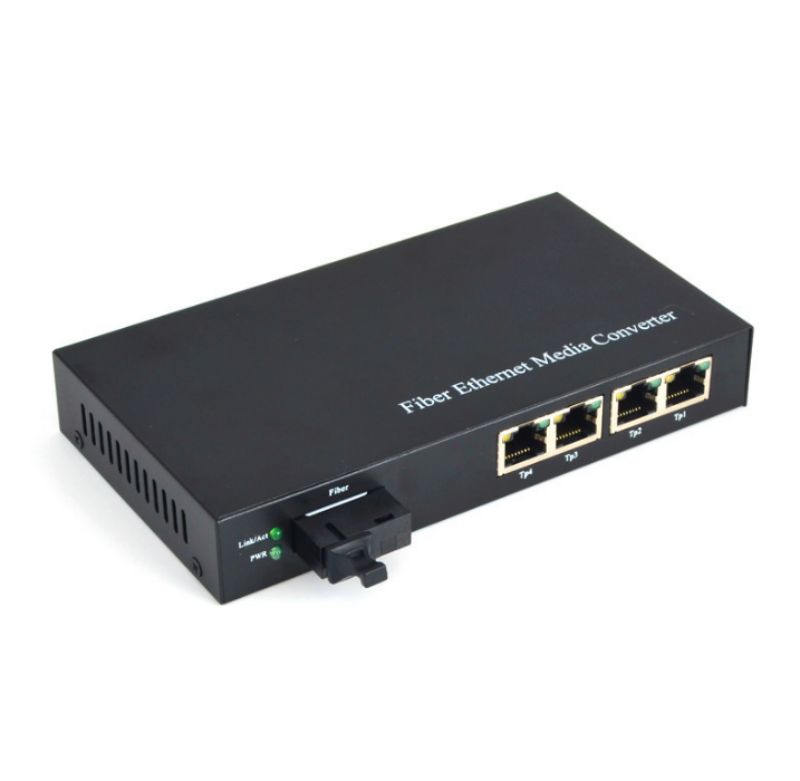In today's fast-paced world, the need for efficient, reliable communications is critical. This is especially true for industries such as telecommunications, data centers and network infrastructure. To meet these requirements, highly integrated equipment is required that provides flexibility, safety, stability and advanced fault diagnosis capabilities. Fiber optic transceivers are one such technological marvel.
Fiber optic transceivers are compact and versatile devices that can transmit and receive data over optical fiber. They are used in a wide variety of applications including telecommunications, local area networks (LAN), wide area networks (WAN), and data centers. These transceivers are designed to provide high-speed and high-bandwidth data transmission, ensuring excellent signal quality and minimal data loss.
One of the main advantages of fiber optic transceivers is their flexibility. They are available for different communication protocols such as Ethernet, Fiber Channel and SONET/SDH. This allows for seamless integration into existing communications infrastructure without the need to replace expensive equipment. In addition, fiber optic transceivers offer a variety of interface options, including small form factor pluggable (SFP), small form factor pluggable Plus (SFP+), quad small form factor pluggable (QSFP), and quad small form factor pluggable (QSFP+). , ensuring compatibility with a variety of devices.
Security and stability are crucial to any communication system. Fiber optic transceivers are designed to meet strict industry standards to ensure safe operation and reliable performance. These devices are designed to withstand harsh environmental conditions such as extreme temperatures, humidity, and electromagnetic interference. Additionally, they employ advanced features such as error detection and correction mechanisms to prevent data corruption and transmission errors, making them ideal for critical applications where data integrity is critical.
Despite their advanced design and powerful capabilities, fiber optic transceivers may still experience failures under certain circumstances. This is where troubleshooting comes into play. Fiber optic transceiver manufacturers offer comprehensive solutions to detect, diagnose and troubleshoot potential failures. These solutions often include built-in self-test mechanisms that can identify problems related to power supply, signal degradation, and failed components. In addition, advanced fault diagnosis tools, such as optical time domain reflectometry (OTDR), can be used to pinpoint fault locations in fiber optic networks, thereby reducing downtime and improving maintenance efficiency.
In addition, manufacturers often provide extensive technical support and documentation to aid in troubleshooting and resolution. This includes online resources, including user manuals, FAQs, and troubleshooting guides, as well as direct assistance from a knowledgeable and experienced technical support team. With these resources, network administrators can quickly identify the root cause of failures and implement effective solutions that minimize disruption to communications infrastructure.
In short, fiber optic transceivers are highly integrated devices with flexibility, security, stability and advanced fault diagnosis capabilities. Its compact form factor, compatibility with various communication protocols and rugged design make it an essential part of modern communication systems. By investing in fiber optic transceivers and taking advantage of available troubleshooting solutions and support, businesses can ensure efficient and reliable communications while minimizing downtime and maintenance costs.

Post time: Sep-14-2023

